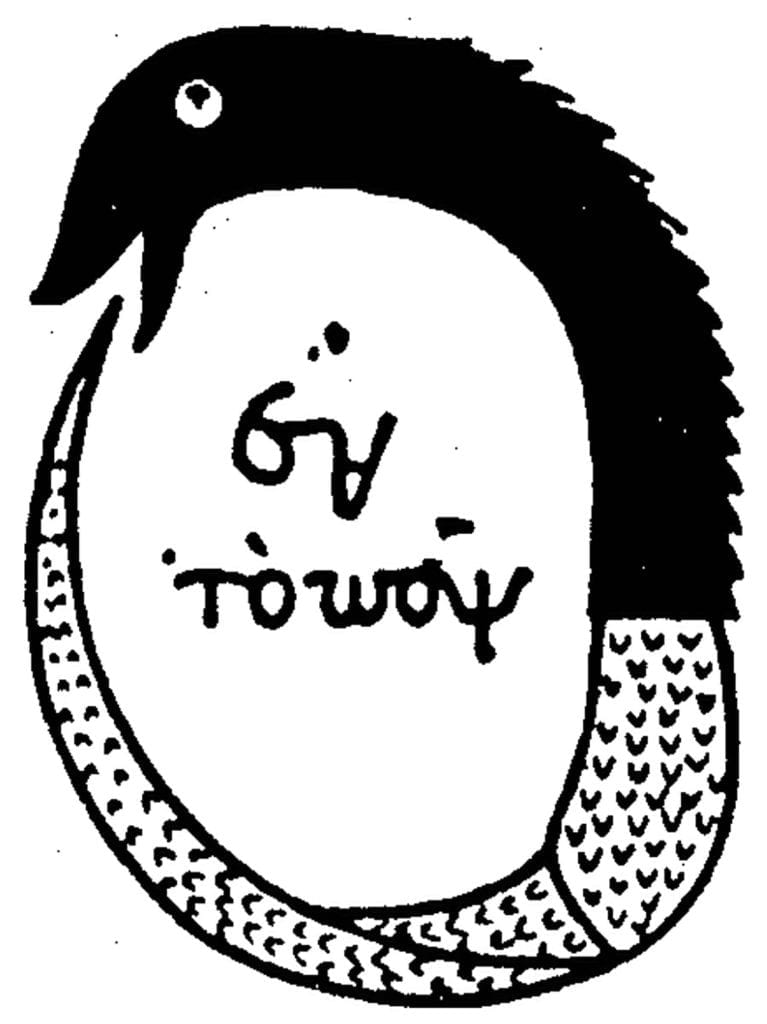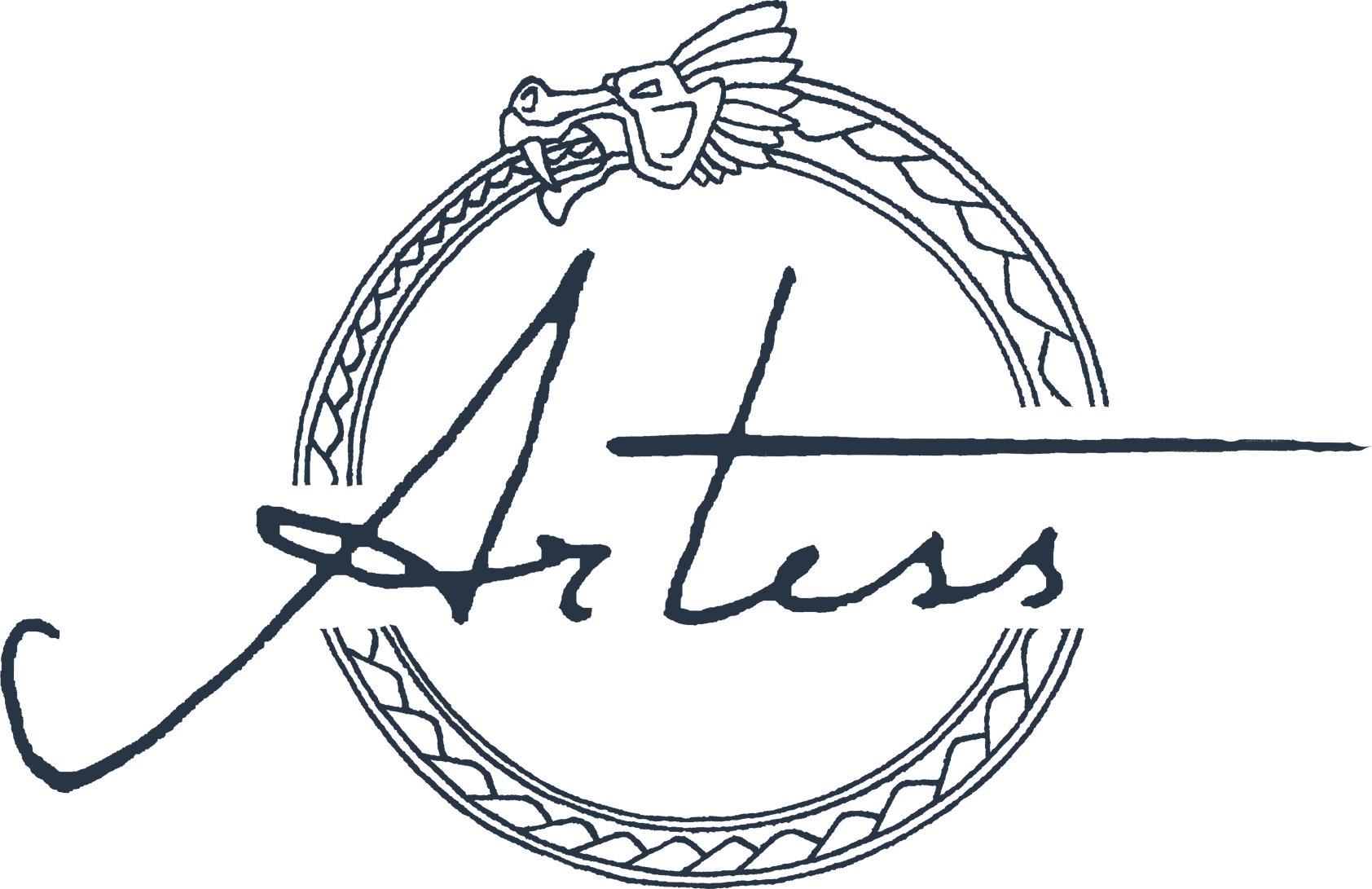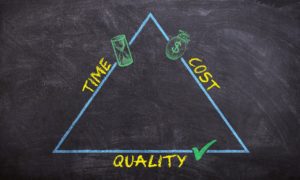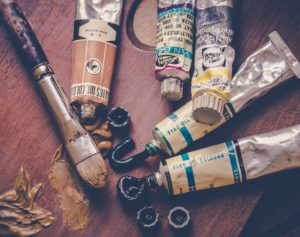As an artist, it can take several years to develop a unique style that defines you. The little "je ne sais pas" that dots the i's and crosses the t's. How to achieve this requires perseverance, practice and above all else: patience. In my world, Ouroboros became my symbol, influencing everything from style to work processes and personal development.
A global symbol
Ouroboros, greek for "Tail swallower", is one of the world's oldest mythological symbols - the snake that eats itself. It is the water element's equivalent to the bird phoenix, and in short represents the eternal circle of life, death and rebirth.
The symbol originated in ancient Egyptian iconography and came to the West via Greek occult tradition. It is well used in Hinduism, Gnosticism, Hermeticism and especially in alchemy.
In Norse mythology we find Jörmungandr - the huge serpent that surrounds the human world (Midgard).
And since one finds the symbol all over the globe, one can say that the serpent is truly worldwide.
(No pun intended.)

personal symbolism

Artess is surrounded by Jörmungandr, and shows the eternal struggle that artists have between themselves and their vision. It never ends, and one is never completely educated.
The name is synonymous with modern national romanticism, realism and detailed work. It is a common term that represents everything we think about magical folk tales, Norse mythology and the function of modern man in this context.
I have Northern Norwegian and Sami ancestry, which I actively use as subtle details in what I create. The Sami have an esoteric and unexplored history, which often disappears into, among other things, Nordic culture. In addition, there are strict guidelines for the use of Sami sources of inspiration, which place restrictions on various areas of use. Superstition is common, and even if you are not necessarily superstitious yourself, you must respect the traditions. It's a whimsical balancing act.
But the Sami are not my only source of inspiration, as I also use Norse mythology and Nordic culture to a great extent. Among other things, you can find bind runes on this site, which is a ligature of two or more runes. They all have different personal meanings, which promote everything from relationships to different artistic goals.
The Nordic countries have an inexhaustible source of inspiration if you start looking a little outside the known stories. An example of this is one of my commissioned works from Finland, where the focus is on the god of death Tuoni. It depicts the god Tuoni greeting the dead swan guarding the entrance to the realm of the dead Tuonela.
On the other hand, there are very few descriptions of this mythology in Finland, despite the fact that it originates from there. Some say Tuoni has a hat made of darkness himself, while others think he looks more like a emaciated old man. My interpretation is therefore no conclusion on this.

fun fact
Did you know that when snakes get stressed or confused, they can start eating their own tails?
A snake can be confused and disoriented for various reasons by e.g. too high heat (heat stroke), enhanced metabolism and more. Under such conditions, it may in some cases begin to eat its own tail. You can watch video of this strange phenomenon here:
(Warning! The content may be offensive to some):
King Snake saved from eating itself
Whether the term ouroboros originates from having observed this in reality, no one knows. But one thing is certain: the snakes aren't trying to renew themselves by devouring their own tails. It's only reserved for the meaning of the symbol.








